
The 2023 41st annual meeting of the American Society of Retina Specialists (ASRS) will run from Thursday, July 27 to Tuesday, August 1 in Seattle, a city filled with sightseeing, museums, and great food to explore.

The 2023 41st annual meeting of the American Society of Retina Specialists (ASRS) will run from Thursday, July 27 to Tuesday, August 1 in Seattle, a city filled with sightseeing, museums, and great food to explore.

ASRS is an international, state-or-the-art event offering something for everyone: scientific papers, posters, panel discussions on controversial issues and techniques, award lectures, a Retina Case Conference, the 25th Annual Film Festival, international symposia, and subspecialty review courses.
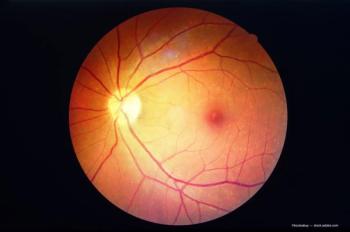
Investigators set out to evaluate how well an AI system works when integrated into a handheld smartphone-based retinal camera to screen patients for DR using 1 retinal image in each eye.

Researchers investigated the relationship between visual functioning measured using the National Eye Institute 25-Item Visual Function Questionnaire (VFQ-25) and mortality in patients with various stages of AMD.

While these injections are the standard treatment for this patient population, the investigators found a subgroup of patients who had severe visual loss between 2 consecutive intravitreal injections.

Trainees learn to recognize key pathologies seen in fundus examinations, OCT images
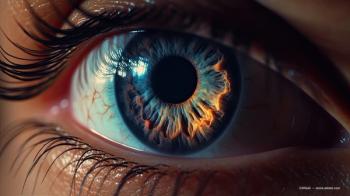
The investigators evaluated corrective surgery procedures to determine their effect on ocular outcomes.

Multidisciplinary ophthalmic genetics clinic adds efficiency to process.

Surgeons seek best IOL match for patients after cataract surgery.

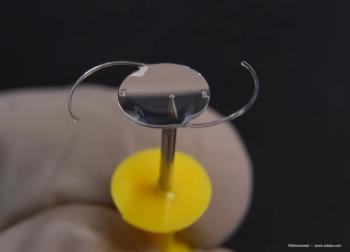
Eyes implanted with the lens demonstrated greater astigmatic tolerance.
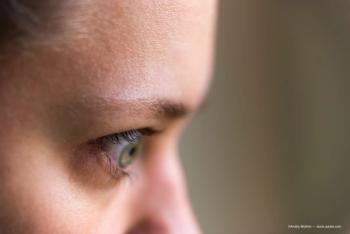
Treatment option offers positive outcome for patients diagnosed with disease.
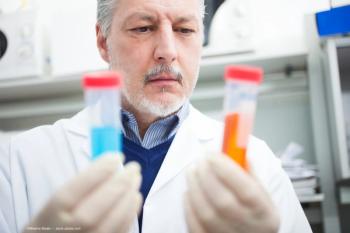
Therapeutic has fewer adverse effects in patients with POAG, OHT.
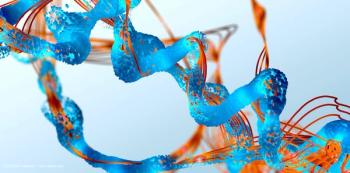
New option a potential treatment for patients diagnosed with dry eye disease.
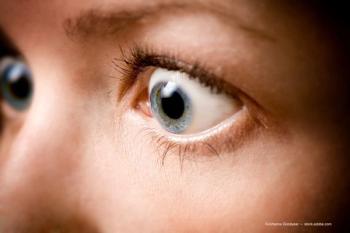
While the 6-weekly regimen was less effective in improving the clinical activity score or exophthalmos than the higher dose regimen, it is an acceptable treatment choice for patients with marginal or lower clinical activity scores.
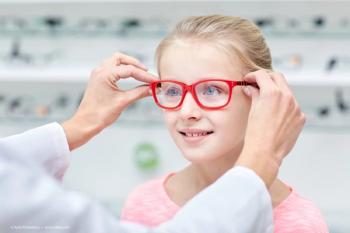
The investigative team wanted to provide physicians with reference guidelines to aid in the prevention and control of myopia.

Macular hole closure results from this novel treatment.


Study: AO retinal imaging has the potential to become a sensitive marker for disease.

Groundbreaking treatment for patients with bullous keratopathy approved in Japan.
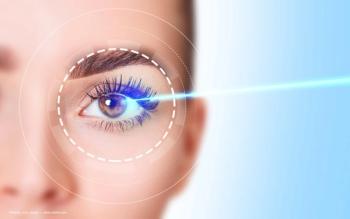
Debate continues over the best way to apply the treatment option.

Nonpowder guns, like NERF guns, are causing an increase in ocular injuries in children.
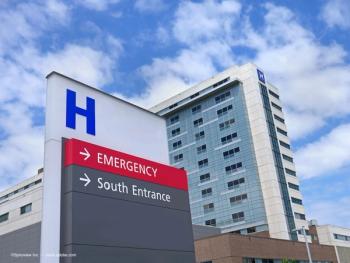

A modified illuminated endolaser could be an efficient substitute for cryotherapy or indirect laser retinopexy during primary scleral buckling.
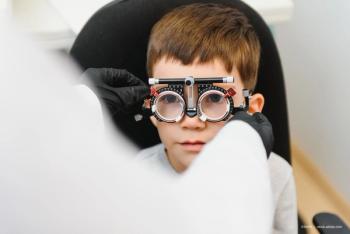
Bharti Nihalani-Gangwani, MD, from the Department of Ophthalmology, Children’s Hospital, and Deborah VanderVeen, MD, from the Department of Ophthalmology, Harvard Medical School, Boston, reported that 29% developed glaucoma in a large infant cohort and the risk factors at the American Society of Cataract and Refractive Surgery annual meeting.

Lucie Moore, BSc, in a presentation at the American Society of Cataract and Refractive Surgery annual meeting in San Diego, said the study focused on identifying factors that could put patients at a higher risk for developing dry eye disease.
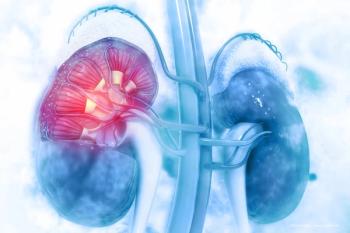
Umida F. Mavlyanova, PhD, in a presentation at the American Society for Cataract and Refractive Surgery’s annual meeting in San Diego, detailed how patients diagnosed with end-stage chronic renal failure displayed deceased blood flow in the orbital artery, the central artery of the retina and the posterior short ciliary arteries.

Speaking at the American Society for Cataract and Refractive Surgery annual meeting in San Diego, Marcony Santhiago, MD, points out there are subtle differences in patients with keratoconus that was progressing compared with patients whose disease was stable and healthy control subjects.

Austin Fox, MD, discussed advancements in contact lens technology and use as part of a careful management strategy during Glaucoma Subspecialty Day at the American Society of Cataract and Refractive Surgery annual conference in San Diego.
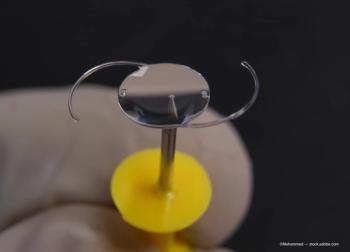
In a presentation at the American Society for Cataract and Refractive Surgery annual meeting in San Diego, Erisa Yotsukura, MD, PhD, offered details of a study examining an IOL that transmits violet light and a second option that does not, and they believe this can affect differences in the choroidal thickness after cataract surgery.